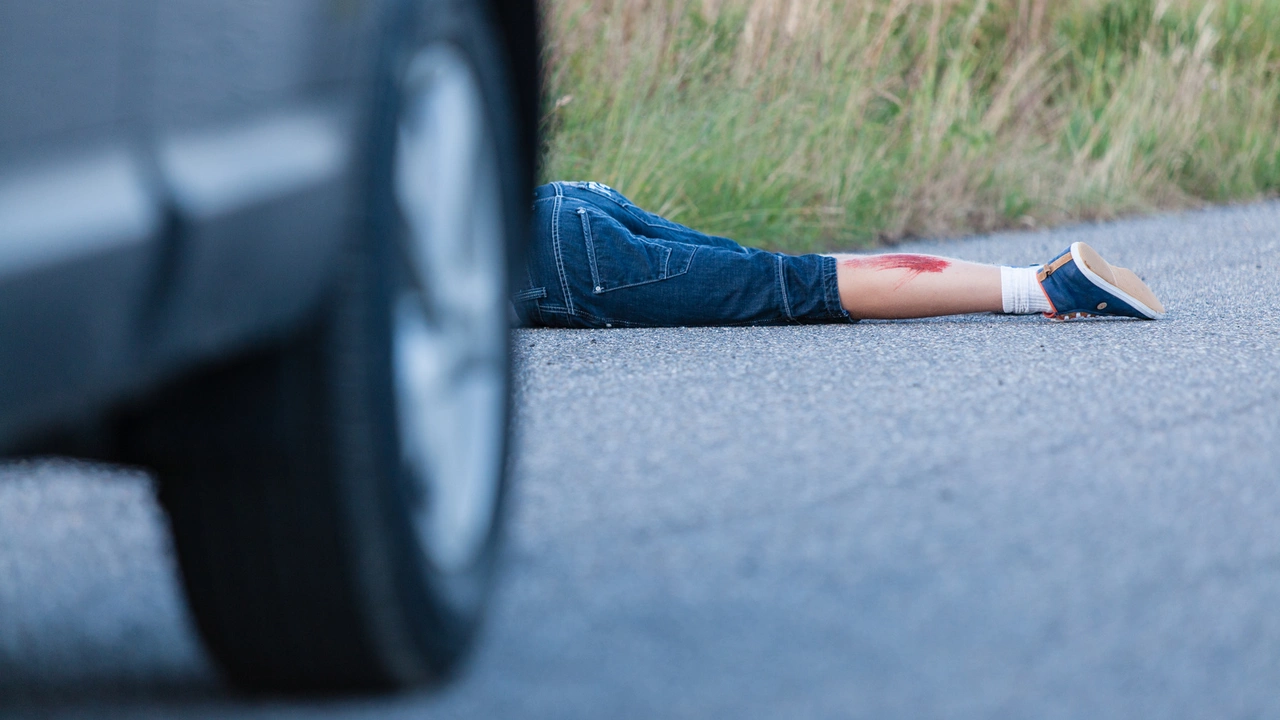Hit and Run: What You Need to Know Right Now
Hit and run incidents pop up in headlines more often than we’d like. Whether it’s a car accident, a bank robbery gone wrong, or even a plane collision, the term usually means someone left the scene without taking responsibility. Knowing the basics can help you react faster and protect yourself.
What Exactly Is a Hit and Run?
In legal terms, a hit and run is when a person involved in an accident or crime walks away without stopping to give information or help. This can involve vehicles, pedestrians, or even larger crimes like robbery. The law treats it as a serious offense because it shows a lack of accountability and can make the victim’s situation worse.
Most countries have clear rules: you must stop, exchange details, and call emergency services if anyone is hurt. Skipping any of those steps can lead to fines, jail time, or a permanent criminal record.
How to Stay Safe and Respond
If you ever witness a hit and run, the first thing to do is stay calm and call the police. Give them the exact location, description of the vehicle or person, and any other details you remember. Even small bits, like a sticker on the windshield or a unique sound, can help officers track the culprit.
Don’t chase the offender yourself – that can put you in danger. If you’re involved, make sure you get medical help right away, even if you think you’re fine. Some injuries don’t show up until later.
After the police arrive, write down everything you saw while it’s fresh in your mind. Provide a statement and, if you can, share any photos or video you captured. Your account could be the key piece of evidence.
For drivers, keep a small emergency kit in your car: a notepad, pen, and a copy of your insurance details. If you’re in a hit and run situation, you’ll be ready to note down information quickly.
Businesses also face hit and run issues, like the recent bank loot case in Uttar Pradesh where a suspect died in custody and the officers were charged with murder. That story shows how quickly a crime can spiral when people try to escape responsibility.
Even rare events, like two planes colliding in the air, remind us that “hit and run” isn’t limited to road accidents. The core idea remains the same: abandoning a scene when you should be helping.
Understanding the legal side helps you avoid making mistakes. In many places, failing to stop can add years to any jail sentence for the original crime. Knowing that can be a strong deterrent.
Finally, spread awareness. Talk to friends and family about what to do if they see a hit and run. The more people know the steps, the faster authorities can act, and the fewer lives are put at risk.
Stay alert, stay prepared, and remember that doing the right thing, even in a chaotic moment, can make a huge difference for everyone involved.
